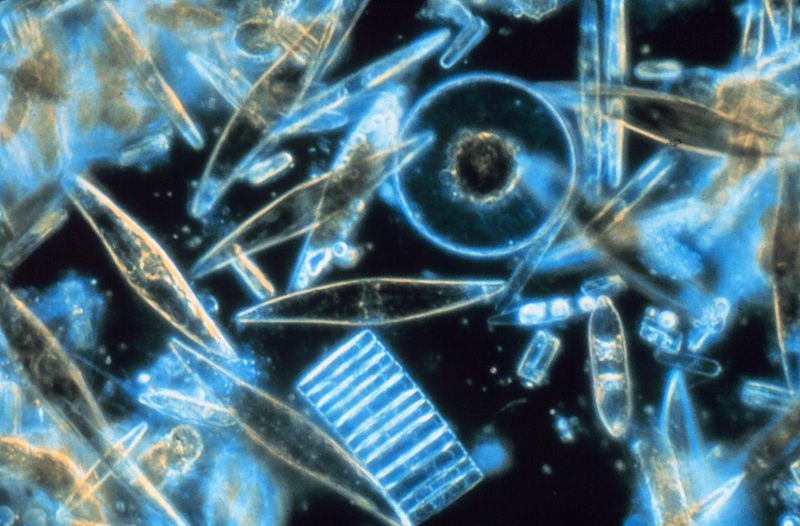Throughout its life, the Pink Mucket interacts with many different species. Right after leaving its parent mucket, the Pink Mucket must attach onto one of its host fish. The host fish include the smallmouth bass, largemouth bass and spotted bass and walleye. This is considered to be a commensalistic
 interaction meaning it benefits one species and
does nothing to either harm or help the other species. In
this case, the Pink Mucket is helped (by recieving a place to
live and grow, while the host fish is neither harmed or helped.
interaction meaning it benefits one species and
does nothing to either harm or help the other species. In
this case, the Pink Mucket is helped (by recieving a place to
live and grow, while the host fish is neither harmed or helped.The Pink Mucket also requires areas where the running water has a high oxygen content and supplies a rich source of organic particles, bacteria and diatoms. The Pink Mucket interacts with these particles, bacteria (to learn about a cool bacteria CLICK HERE) and diatoms and uses it for its nutrition. See the nutrition page for more information on that.

Mussels are extremely important
to people in several different ways. Native Americans used them as a food source, and shell heaps or middens may be found at many sites. Also, freshwater mussels are an important food source for muskrat and other furbearers, waterfowl, and fish. Also, other freshwater mussels are eaten by otters, raccoons, ducks, and geese . Bivalves can also be used as fish bait.
To learn more about ciculation CLICK HERE